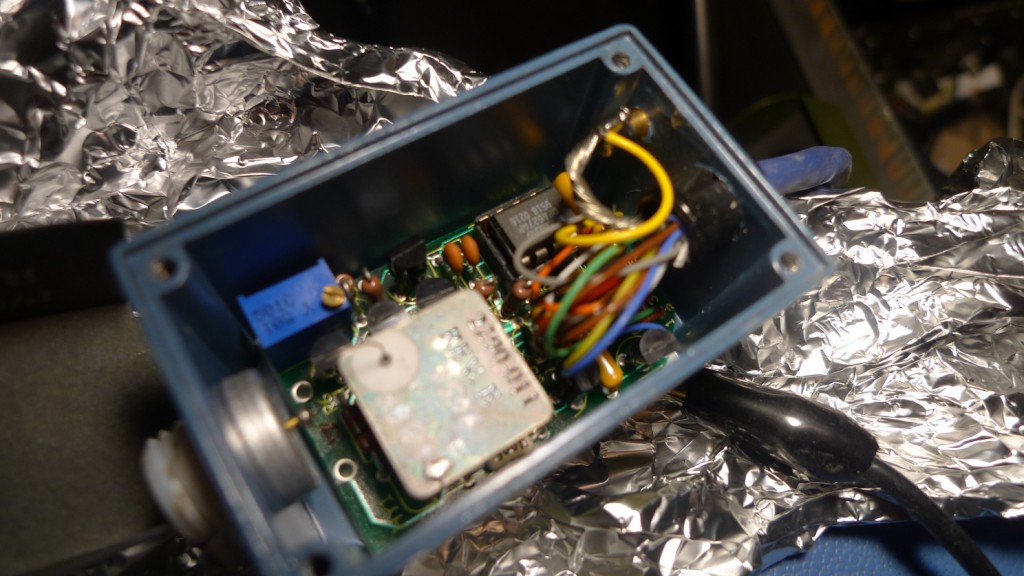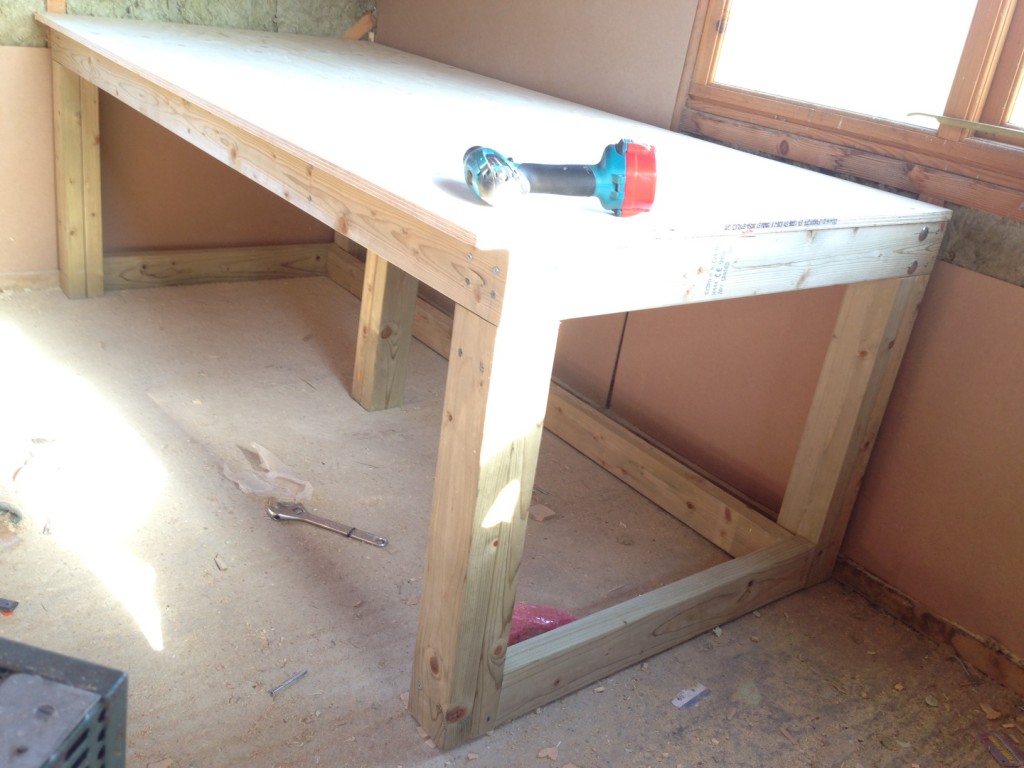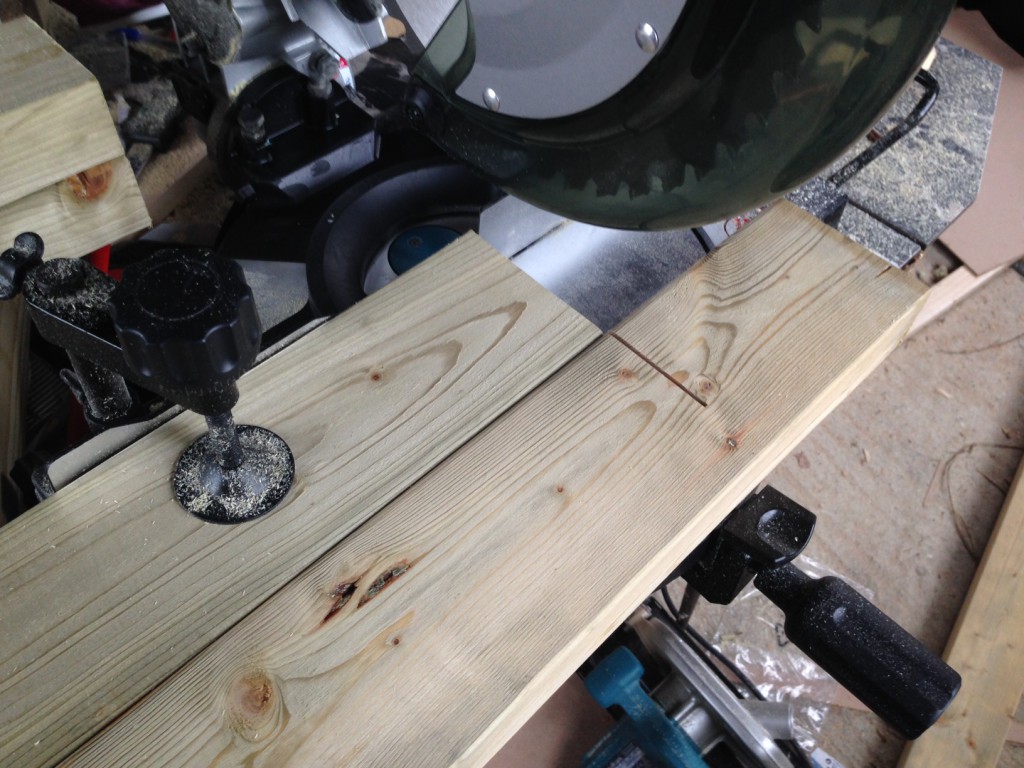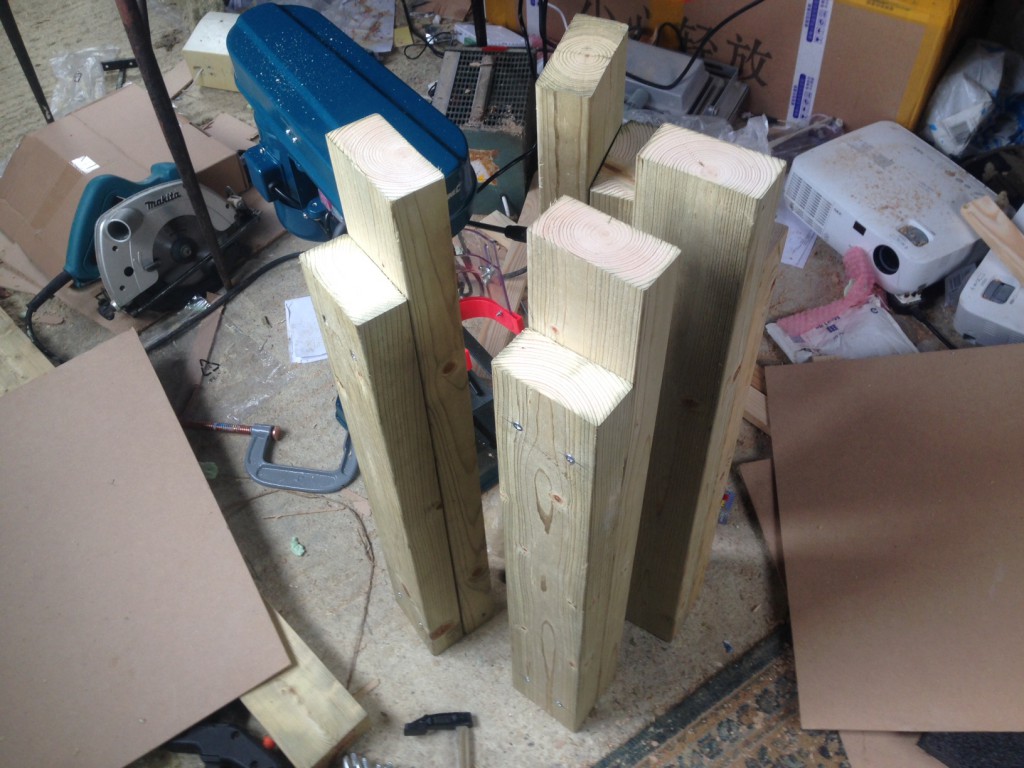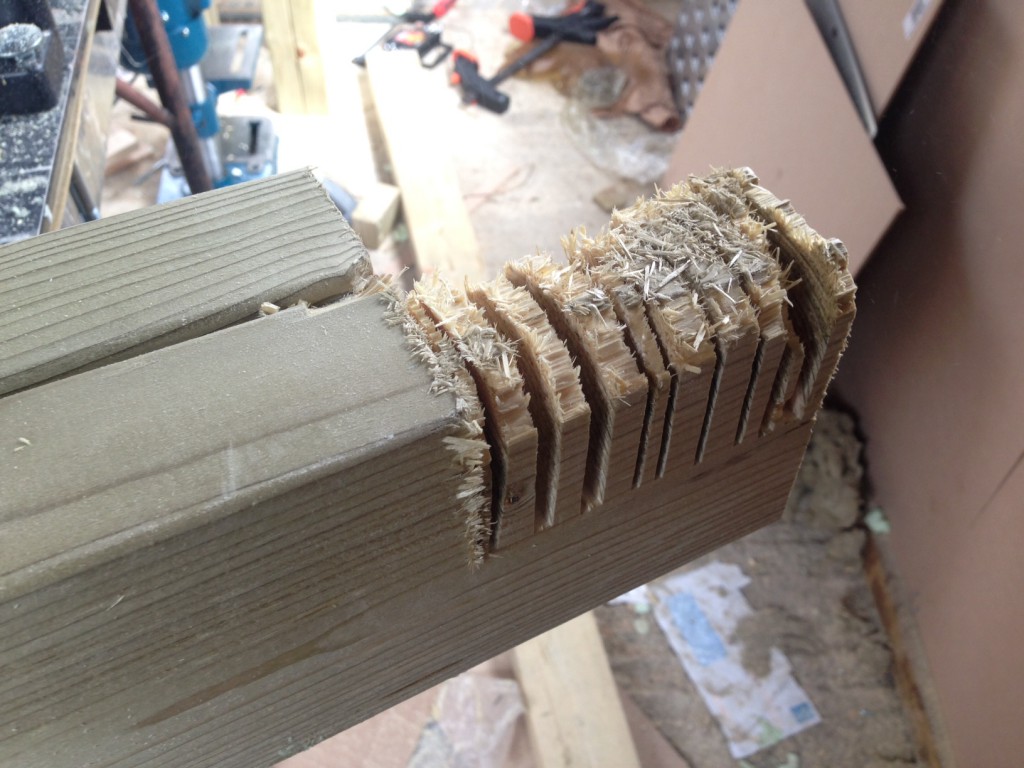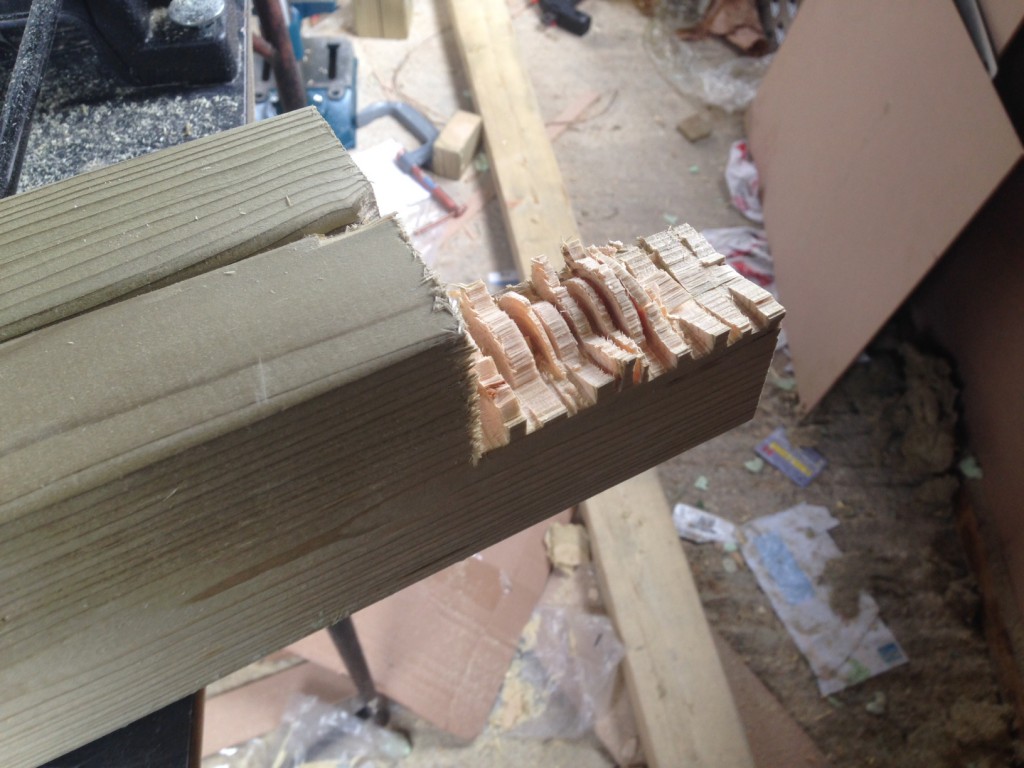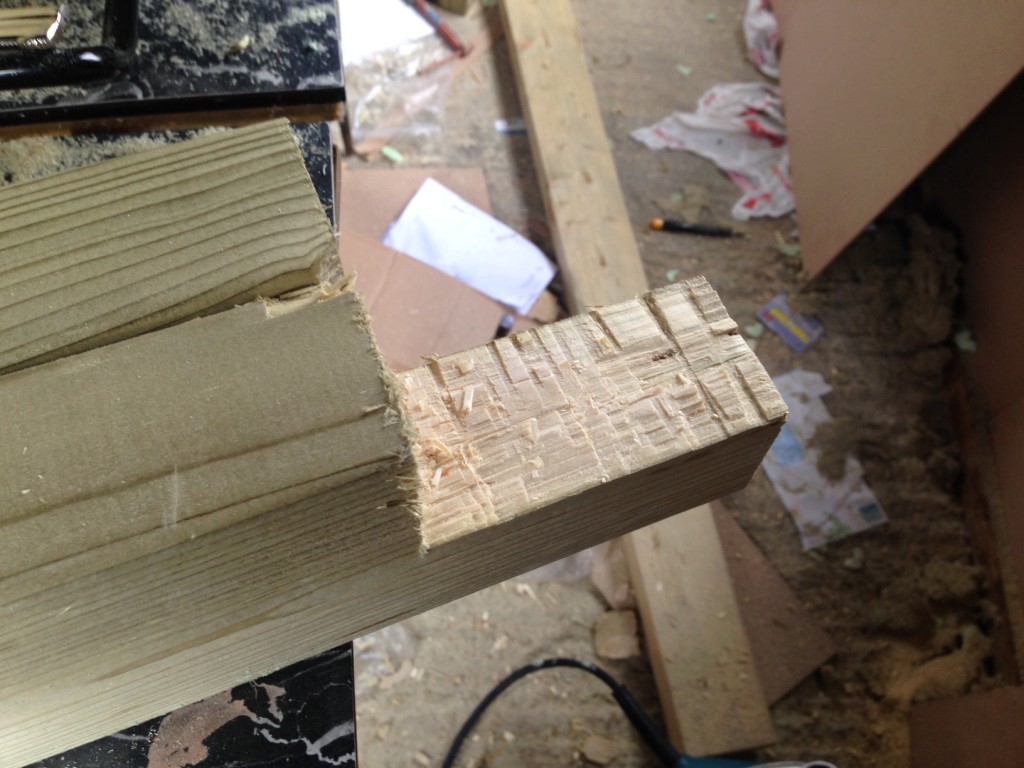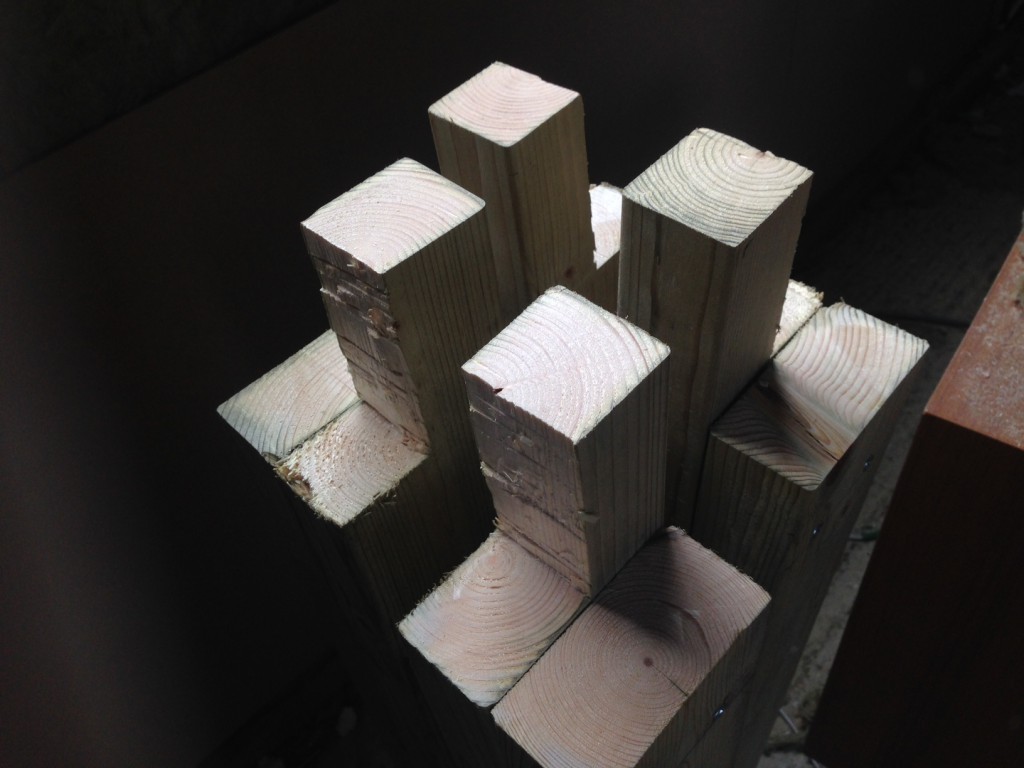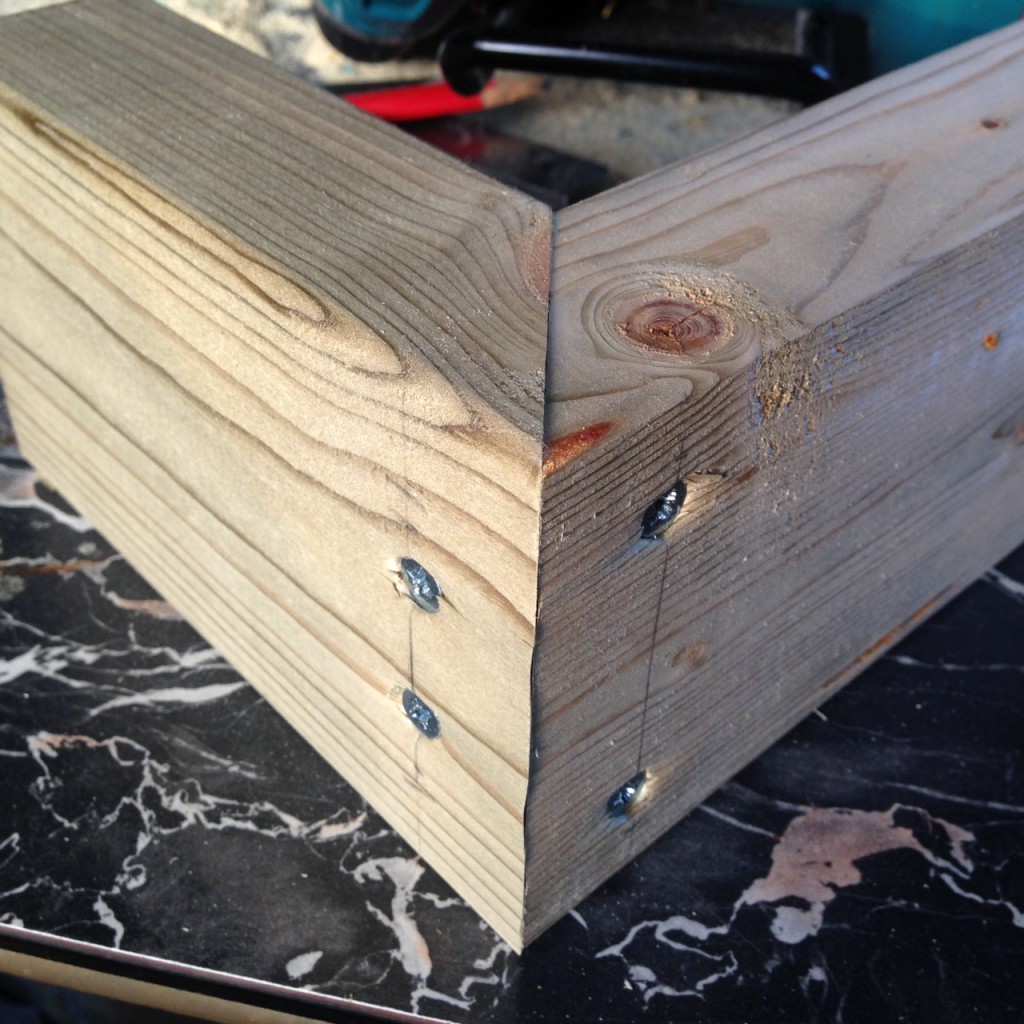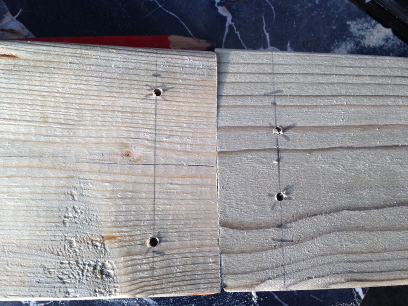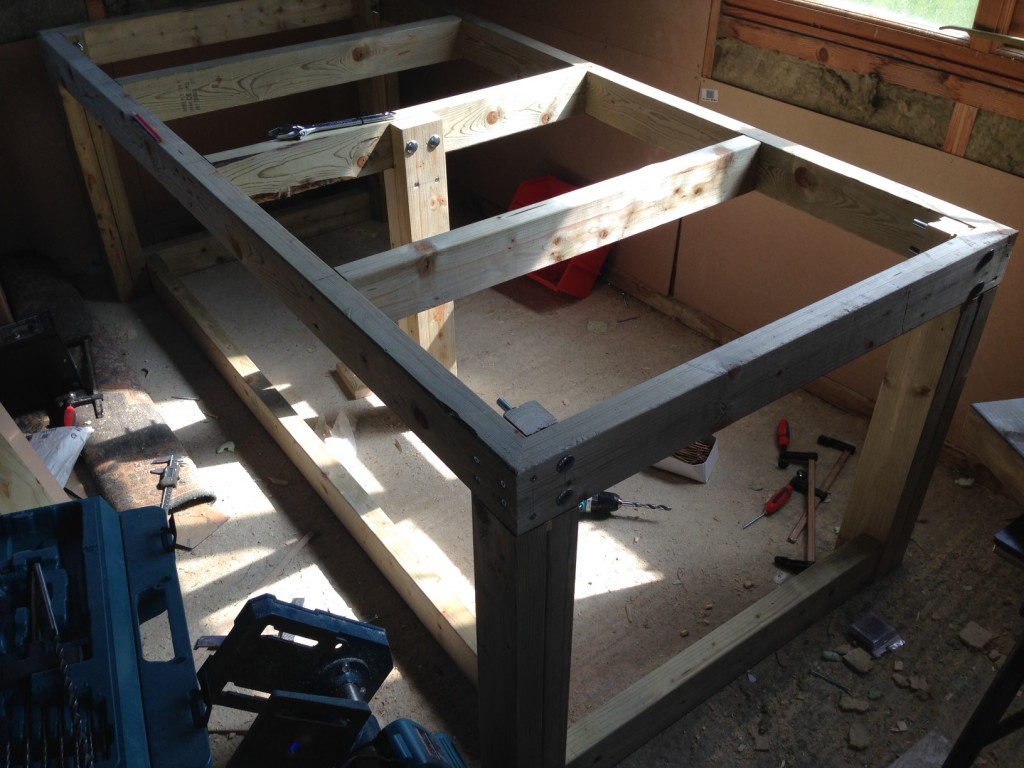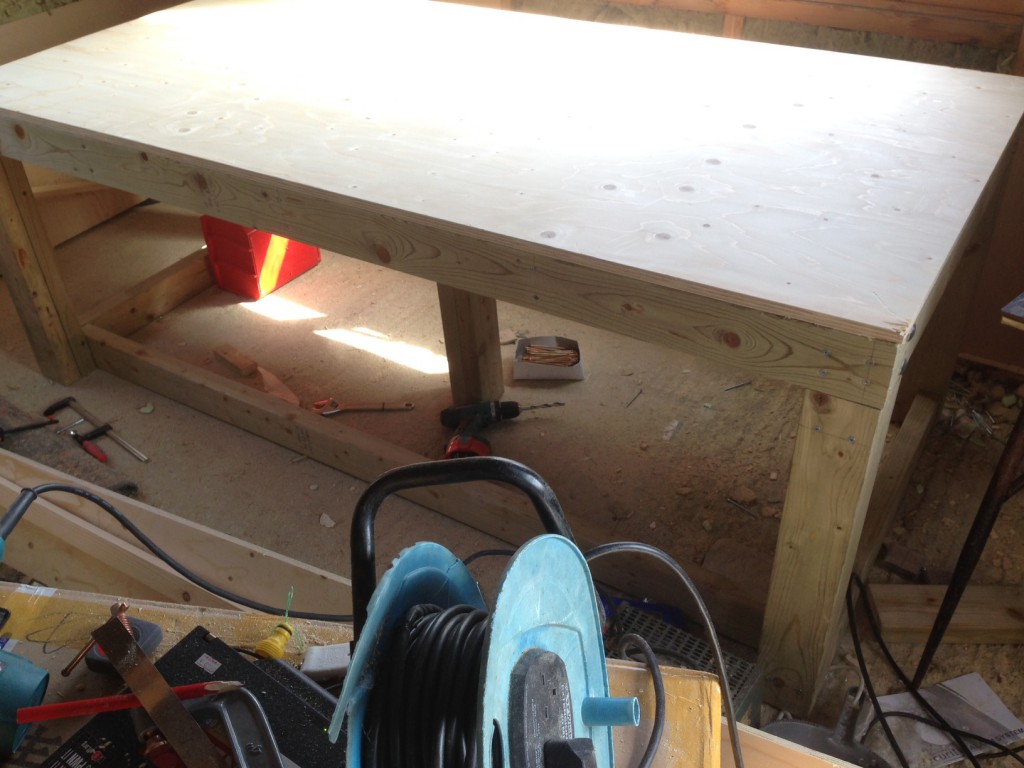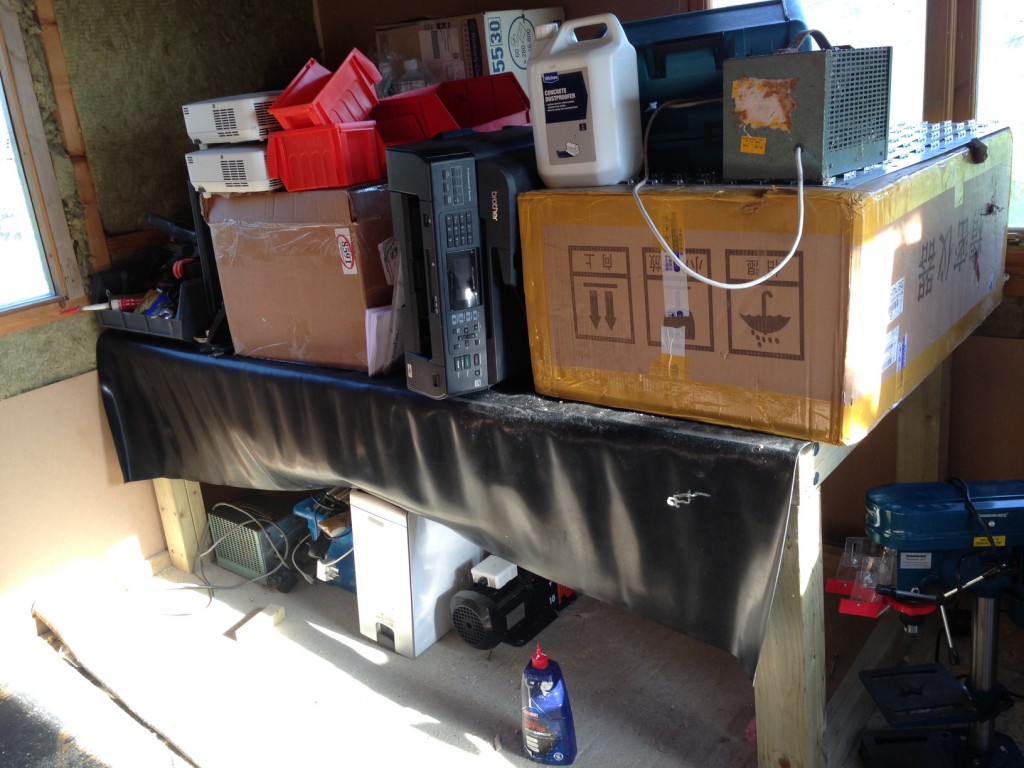#include <iostream>
#include <vector>
#include <stdint.h>
#include <stdlib.h>
#include <stdio.h>
using namespace std;
int bits = 32;
void dump_array(vector<int32_t> array);
void bin_dump(int32_t v);
void inplace_radix_sort_bit(vector<int32_t> &a,int start,int end,int bit,int &breakpoint);
void swap(vector<int32_t> &a,int l,int r) {
int32_t x = a[l];
a[l] = a[r];
a[r] = x;
}
bool bit_is_set(int32_t v,int bit) {
if((v & (1 << bit)) > 0) return true;
else return false;
}
void inplace_radix_sort(vector<int32_t> &a) {
int breakpoint;
vector<int> breakpoints;
inplace_radix_sort_bit(a,0,a.size(),bits-1,breakpoint);
breakpoints.push_back(0);
breakpoints.push_back(breakpoint);
breakpoints.push_back(a.size());
for(int bit=bits-2;bit>=0;bit--) {
cout << "breakpoints: ";
for(int n=0;n<breakpoints.size();n++) cout << breakpoints[n] << " ";
cout << endl;
vector<int> newbreakpoints;
for(int n=0;n<breakpoints.size()-1;n++) {
if(breakpoints[n] != breakpoints[n+1])
inplace_radix_sort_bit(a,breakpoints[n],breakpoints[n+1]-1,bit,breakpoint);
newbreakpoints.push_back(breakpoint);
}
vector<int> mergebreakpoints;
for(int n=0;n<breakpoints.size();n++) {
mergebreakpoints.push_back(breakpoints[n]);
if(n!=(breakpoints.size()-1)) mergebreakpoints.push_back(newbreakpoints[n]);
}
breakpoints = mergebreakpoints;
vector<int> cleanedbreakpoints;
cleanedbreakpoints.push_back(breakpoints[0]);
for(int n=1;n<breakpoints.size();n++) {
if(breakpoints[n] != breakpoints[n-1]) cleanedbreakpoints.push_back(breakpoints[n]);
}
breakpoints = cleanedbreakpoints;
}
}
void inplace_radix_sort_bit(vector<int32_t> &a,int start,int end,int bit,int &breakpoint) {
cout << "sorting bit: " << bit << " pos: " << start << " " << end << endl;
int l_pos = start;
int r_pos = end;
for(;l_pos < r_pos;) {
cout << "l_pos: " << l_pos << " r_pos: " << r_pos << endl;
cout << "comparing: " << a[l_pos] << " " << a[r_pos] << " ";
bin_dump(a[l_pos]);
cout << " ";
bin_dump(a[r_pos]);
cout << endl;
bool l_bit = bit_is_set(a[l_pos],bit);
bool r_bit = bit_is_set(a[r_pos],bit);
if(l_bit) cout << "l_bit: 1" << endl; else cout << "l_bit: 0" << endl;
if(r_bit) cout << "r_bit: 1" << endl; else cout << "r_bit: 0" << endl;
if(!l_bit && r_bit) { swap(a,l_pos,r_pos); l_pos++; r_pos--; cout << "swp" << endl; if(l_pos == r_pos) if(bit_is_set(a[l_pos],bit)) {l_pos++; break;}} else
if( l_bit && !r_bit) { l_pos++; r_pos--; cout << "10 linc rdec" << endl; } else
if( l_bit && r_bit) { l_pos++; cout << "11 linc" << endl; if(l_pos == r_pos) {l_pos++; break;}} else
if(!l_bit && !r_bit) { r_pos--; cout << "00 rdec" << endl; if(l_pos == r_pos) { break;}}
}
breakpoint = l_pos;
dump_array(a);
}
void bin_dump(int32_t v) {
for(int n=bits-1;n>=0;n--) {
if(v & (1 << n)) cout << "1"; else cout << "0";
}
}
void dump_array(vector<int32_t> array) {
for(int n=0;n<array.size();n++) {
printf("%20d ",array[n]);
bin_dump(array[n]);
cout << endl;
}
}
int main() {
vector<int32_t> array;
for(int n=0;n<20;n++) {
array.push_back(rand());
}
cout << "random array" << endl;
dump_array(array);
inplace_radix_sort(array);
cout << "sorted array" << endl;
dump_array(array);
}

